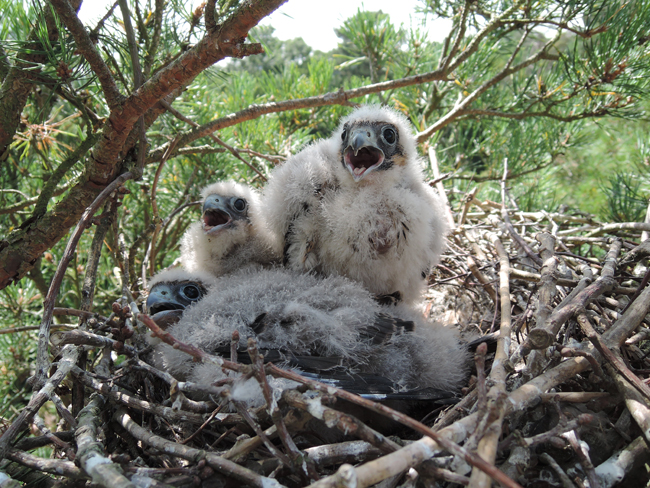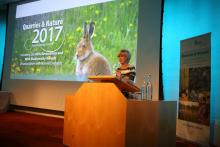
It was back in summer 2020, when UEPG (the European Aggregates Association), and more than 500 other highly qualified individuals, applied for a seat on the PSF. None of the non-energy extractive industry association (NEEIP) representatives were selected.
A distinguished club of 57 members and 11 observers on the platform and in subgroups were asked to determine technical criteria on what could be described and qualified as a ‘significant contribution’ to sustainable development. A tricky task to judge on the wide range of statistical NACE code-based activities including “mining and quarrying” without having the experts on quarrying!
UEPG closely followed the work of the Sector Team 2 “mining and quarrying”, where representatives from authorities, (environmental) NGOs, academia and industry were debating the potential contribution to the six environmental objectives of the EU taxonomy regulation, namely: climate-change mitigation, climate-change adaptation, sustainable use and protection of water and marine resources, transition to a circular economy, pollution prevention and control and the protection and restoration of biodiversity and ecosystems. The challenge: demonstrate a significant contribution while excluding significant harm to any of the environmental objectives. The result: eligible or not. The question: what is significant and how to prove its significance?

These questions will be answered by an ad-hoc UEPG working group which will develop biodiversity indicators showing the contribution of our sector. While this will take some time, the industry will continue to provide good-practice examples on ecosystem restoration, biodiversity in quarries, and temporary and dynamic nature.
The two-year mandate of current members of the PSF will come to an end in September 2022 but could be renewed. More work remains to be done. The 30 March 2022 report on technical screening criteria for the four remaining environmental objectives identified quarry restoration as a potential activity eligible for sustainable finance. UEPG is explaining to experts involved in PSF that quarry restoration is an integral part of aggregates extraction and not a separate economic activity. The fact that aggregates also have an enabling role in ensuring the expansion of renewable energy and are needed for climate-change adaptation shows what UEPG keeps saying: Aggregates, we are part of the solution!









